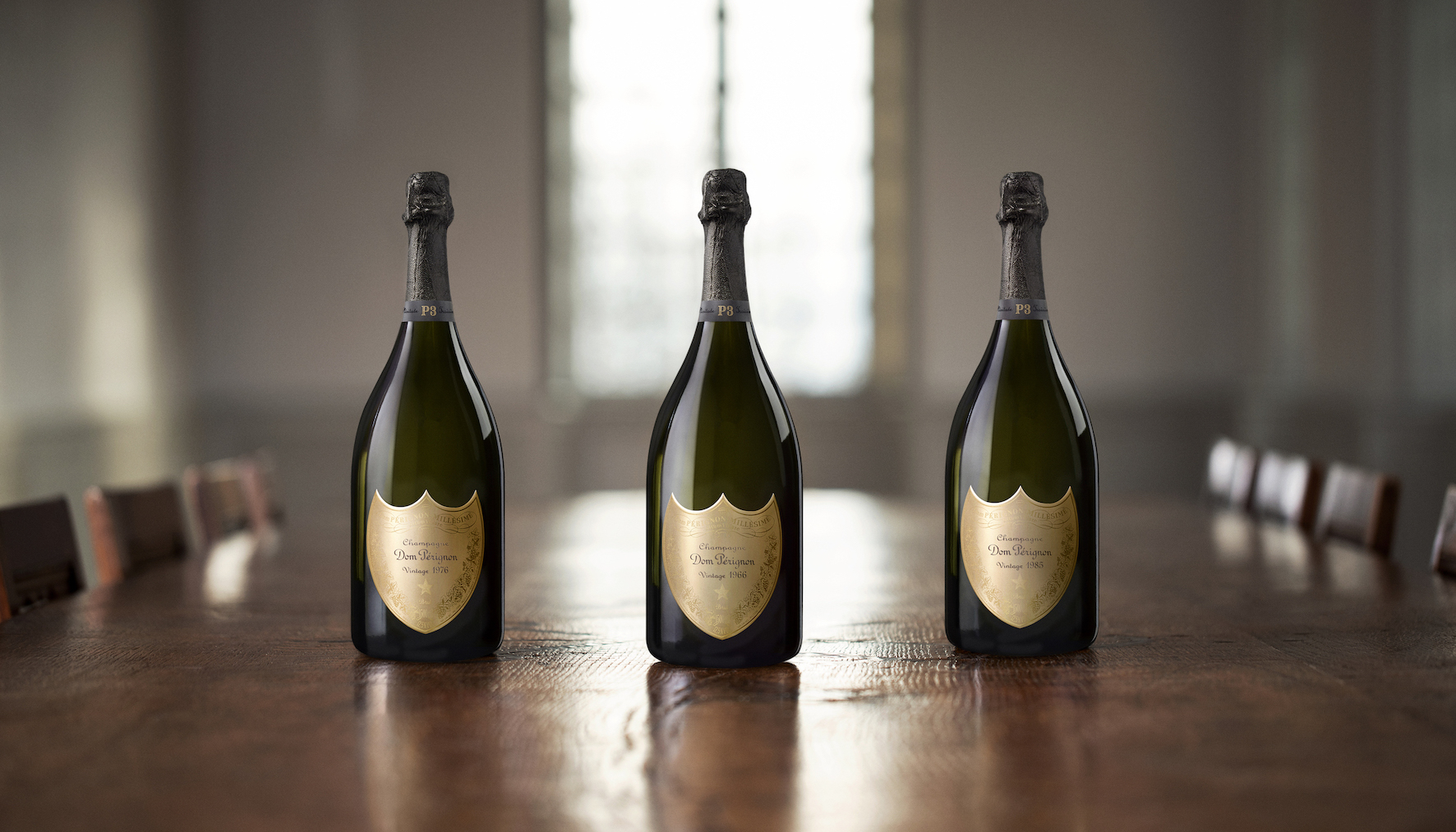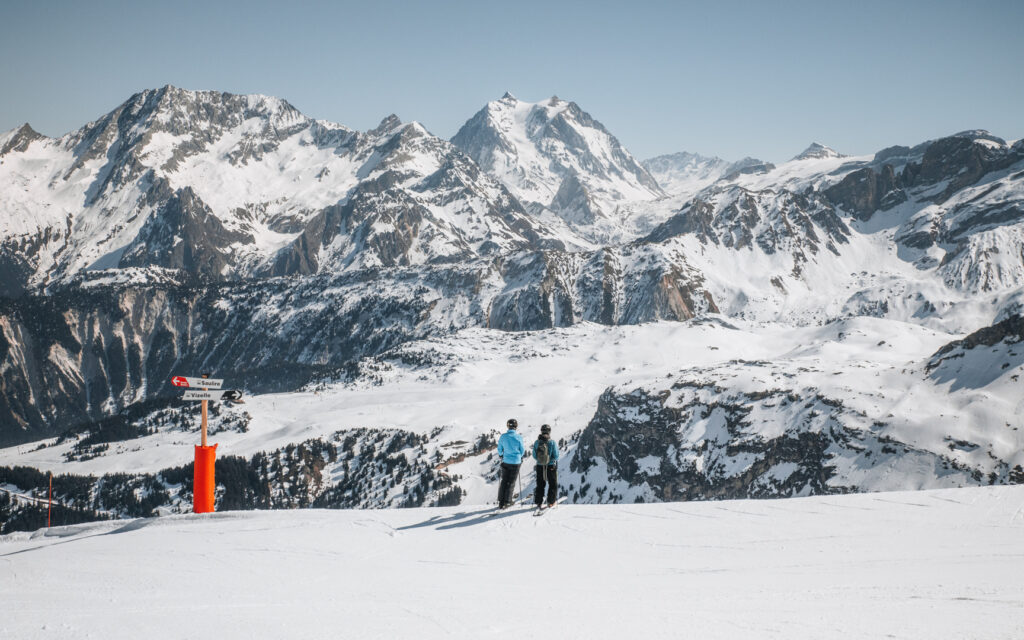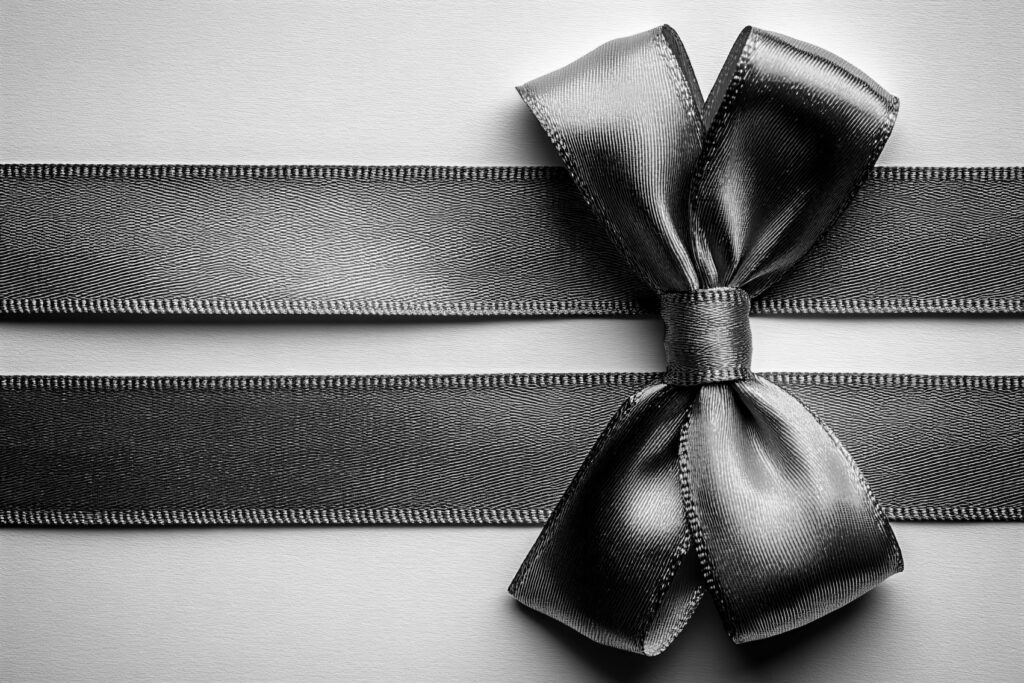Our wine expert reveals the eighth on his list of the World’s Best 12 Fine Wine Estates with a wine that almost everyone has heard of.
When I reach the pearly gates of heaven, I am going to be on bended knees asking God to answer two questions I have had swirling in my head for the last twenty years. Firstly, how did Jim Simons’ Medallion Fund manage to extract between $5-10 billion of profits from the financial markets year-on-year for the last three decades? Secondly, how have Dom Pérignon managed to produce millions of bottles of the finest champagne in every declared vintage?
It is surely one of the wonders of the world that this remarkable champagne brand is able to produce an artisanal, extremely high quality product in such high quantity that it makes Château Lafite Rothschild’s production numbers look miniscule. The exact numbers are a trade secret that no one, including former employees, are ever willing to talk about. They believe revealing the numbers will somehow diminish their brand and achievements. In fact, it’s quite the opposite. It would be something to be admired and marvelled at given that the end-product is as good as anything else produced in the champagne region.
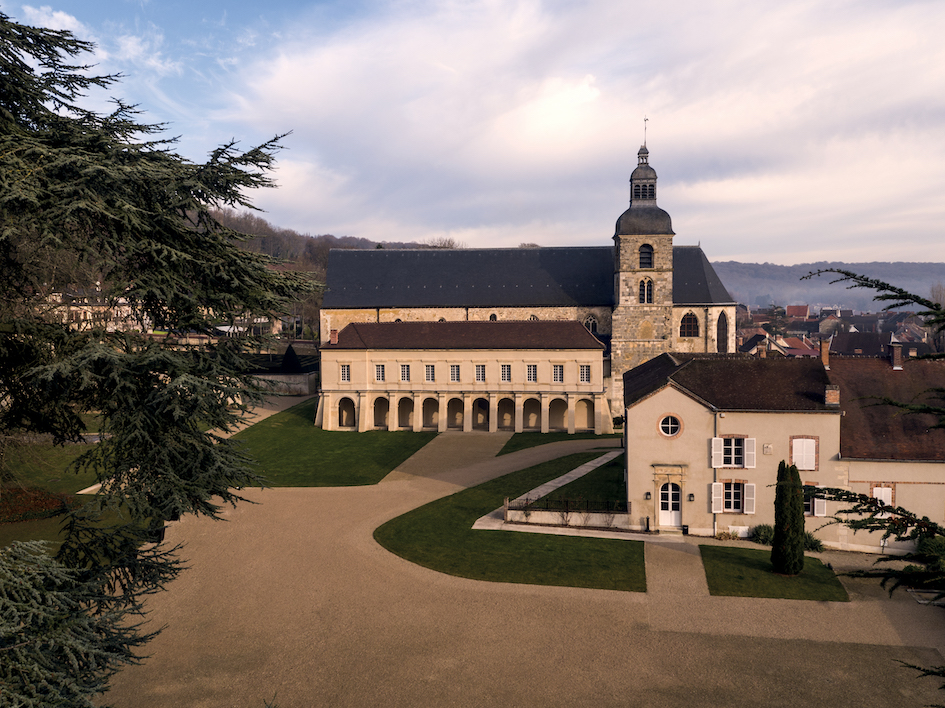
As a long-time lover of Dom Pérignon, it is clear that what sets this Maison apart from its competitors are its resources: it attracts and keeps the most talented human resources in the industry; it has more financial muscle than any other wine estate globally; and it controls huge swathes of Premier Crus and Grands Crus vineyards all over the region. Add to this a history of pioneering and emblematic Chefs de Caves – modelled in some respect after the original man himself, Dom Pierre Pérignon (1638-1715), the French Benedictine monk who it is said invented the process of second fermentation in bottle (i.e. sparkling wine) – and you have all the ingredients for greatness.
The Maison’s main product is Dom Pérignon Brut, always impressive, always admired and always delicious. Made in a reductive style, it’s the essence of what people have come to expect of champagne: notes of brioche, toasted bread, chalky minerality, vibrancy and generosity on the palate and in the finish. However, as well as a highly regarded and often epic Dom Pérignon Brut Rosé, the recently retired legendary Chef de Cave, Richard Geoffroy, introduced the concept of Plénitudes, both for white and rosé champagnes. Today, Geoffroy’s able acolyte, Vincent Chaperon, holds the reins at the estate.

Plénitudes are principally about longer ageing than the standard Dom Pérignon Brut which is typically aged for at least 8 years on its lees (dead yeast cells). The second Plénitude (P2) will be aged for between 12-15 years (and longer for the P2 Rosé). The third Plenitude (P3) will see at least 25 years of ageing on its lees.
P2 is made in much smaller quantities than the Brut (often referred to as P1 at the Maison). P3 is made in relatively minute quantities. The difference between a P1 and P2 can be stark in terms of additional complexity and length on the finish. The difference between a P2 and a P3 can be gigantic in that P3 can often be a wine that stands alongside the very greatest fine wines you are ever likely to taste. The price tag is equally reflective of this jump in complexity and quality, as well as the rarity factor compared with P1.
October is a great month to visit Abbaye d’Hautvillers, the spiritual heart of Dom Perignon, which is seeing a major renovation project due to complete around 2028 that will greatly enhance the visitor experience. Harvest is over, the vins clairs (the base wines) are being produced and the autumnal leaves enhance the beauty of the vineyards. I highly recommend it.
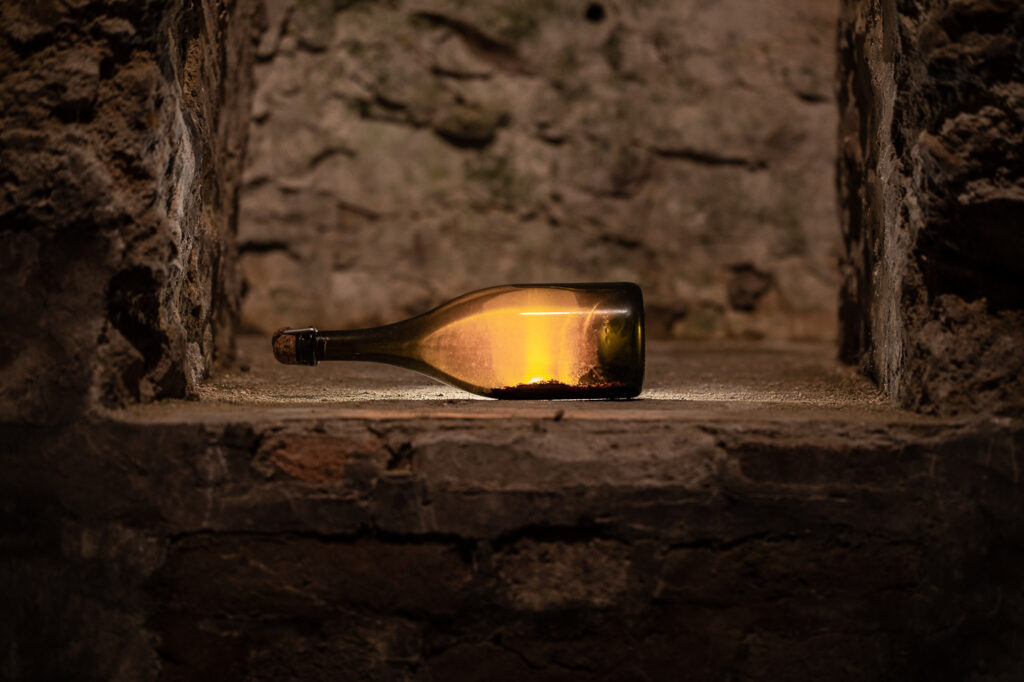
Lewis’s Best 3 Wines from Dom Pérignon
Dom Pérignon P2, 1995: from a vintage that was nowhere near as highly regarded as its successor, the development of this wine over the years has now surpassed the 1996 vintage. There is not a P2 vintage drinking better than the 1995 right now. The nose is hugely complex and it has an ethereal quality in the mouth that makes you sit up and smile. An extraordinary wine.
Dom Pérignon P3, 1975: a wine of such depth, complexity and one of the longest finishes I have ever experienced, it’s firstly a fine wine and only secondly a sparkling wine. Floral, petally aromas compete with the typical toasty notes you would expect of a long-aged champagne.
Dom Pérignon Oenothèque Brut Millésime, 1966 (Magnum): Oenothèque is the precursor to the longer ageing Plénitudes. Richard Geoffroy, the former Chef de Cave, opened this magnum at the home of Dom Pérignon, Abbaye d’Hautvillers, for a friend and I to share. All three of us were overwhelmed by how incredible this bottle showed. Graceful, powerful, constantly evolving in the glass. One of the all time greatest wines I have tasted.
The Golden Vines® 2025 will take place in Miami, USA between 7-9 November 2025, recognising the world’s best fine wine estates as voted by hundreds of fine wine professionals. Please register your interest for tickets on the website: https://liquidicons.com/work/golden-vines-awards.

